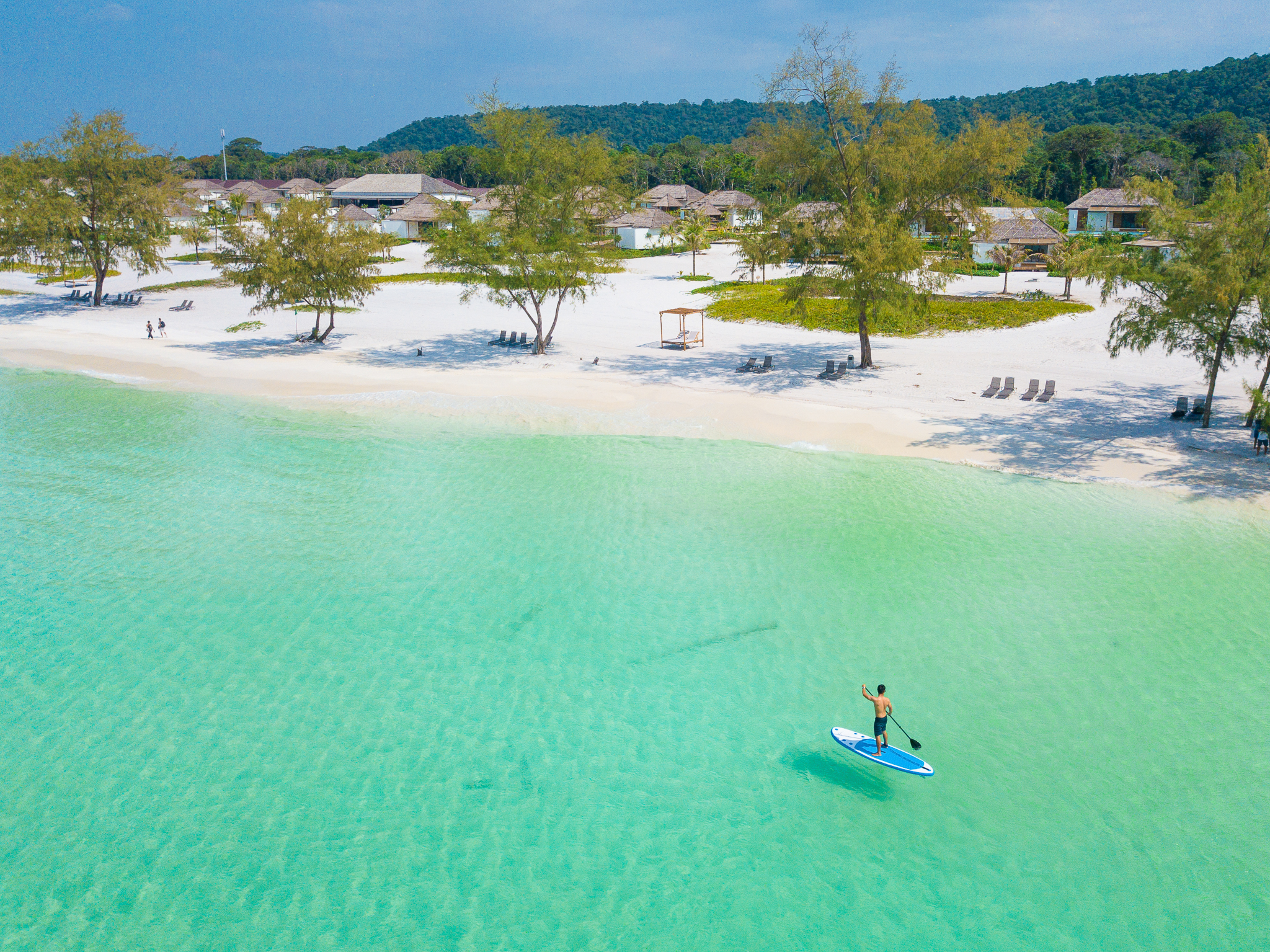 The aviation industry has a curious way of redrawing maps. When Ruili Airlines launched its direct twice-weekly service from Kunming to Sihanoukville in August 2025, followed by Sky Angkor Airlines’ direct Macau–Sihanoukville route in October, it wasn’t just another flight route – it made Cambodia’s stunning coastal islands more accessible. Beyond Sihanoukville’s beaches lies Koh Rong, Cambodia’s second-largest island, where the true luxury is space: space to wander, to breathe, and to experience paradise without crowds.
The aviation industry has a curious way of redrawing maps. When Ruili Airlines launched its direct twice-weekly service from Kunming to Sihanoukville in August 2025, followed by Sky Angkor Airlines’ direct Macau–Sihanoukville route in October, it wasn’t just another flight route – it made Cambodia’s stunning coastal islands more accessible. Beyond Sihanoukville’s beaches lies Koh Rong, Cambodia’s second-largest island, where the true luxury is space: space to wander, to breathe, and to experience paradise without crowds.
The Art of Slow Luxury
Koh Rong’s charm is as much about what’s absent as what’s present. Forget ATMs, chain hotels, and jet skis; instead, the island offers understated luxury in its purest form. The Royal Sands occupies 550 meters of northwestern coastline, its 67 villas blending seamlessly with jungle and shoreline. Teak, bamboo, and limestone define the aesthetic, while modern comforts stay quietly in the background. For those seeking space, the three-bedroom beachfront villa, sprawling across 395 square meters, makes room itself a luxury.
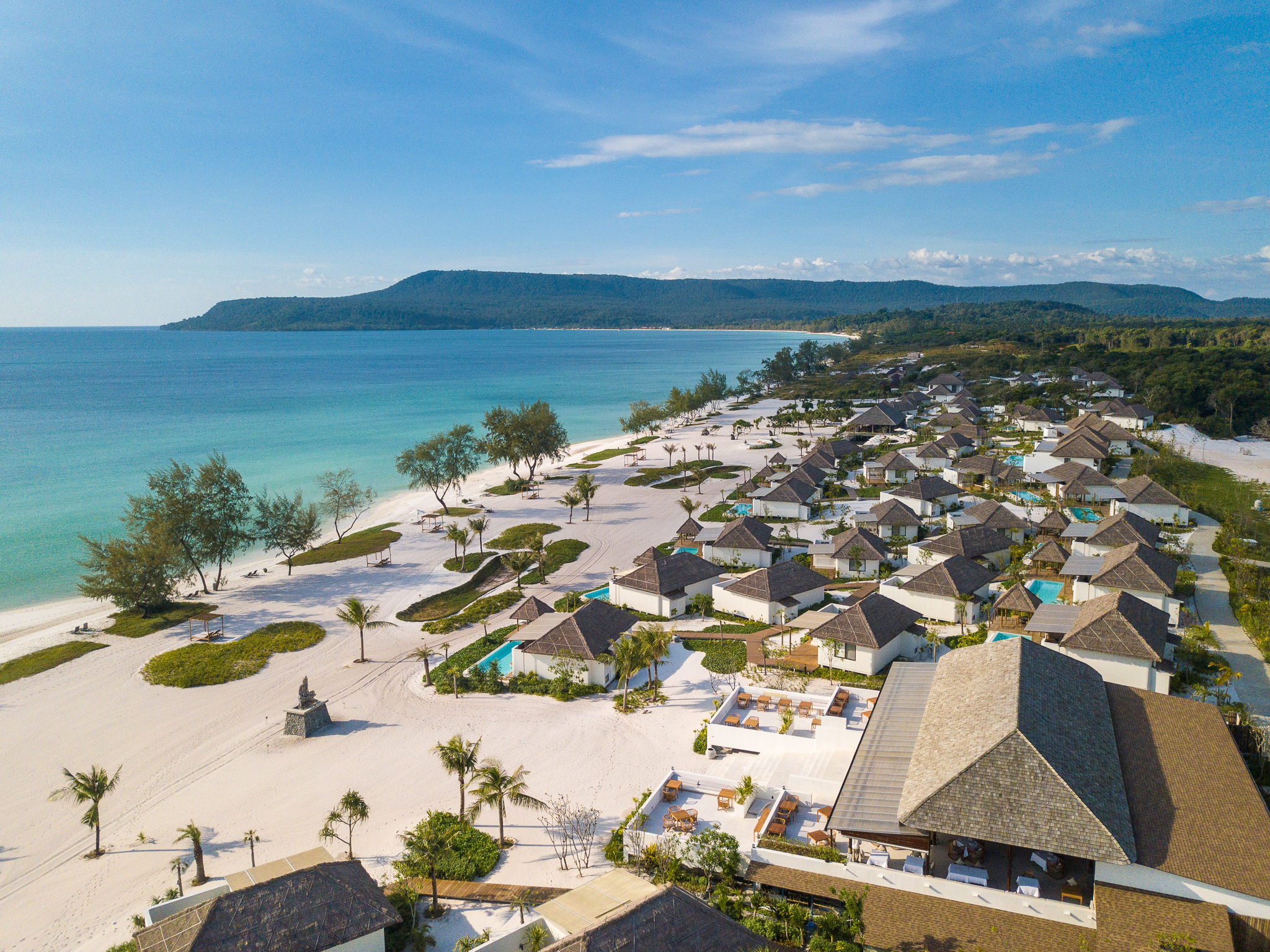
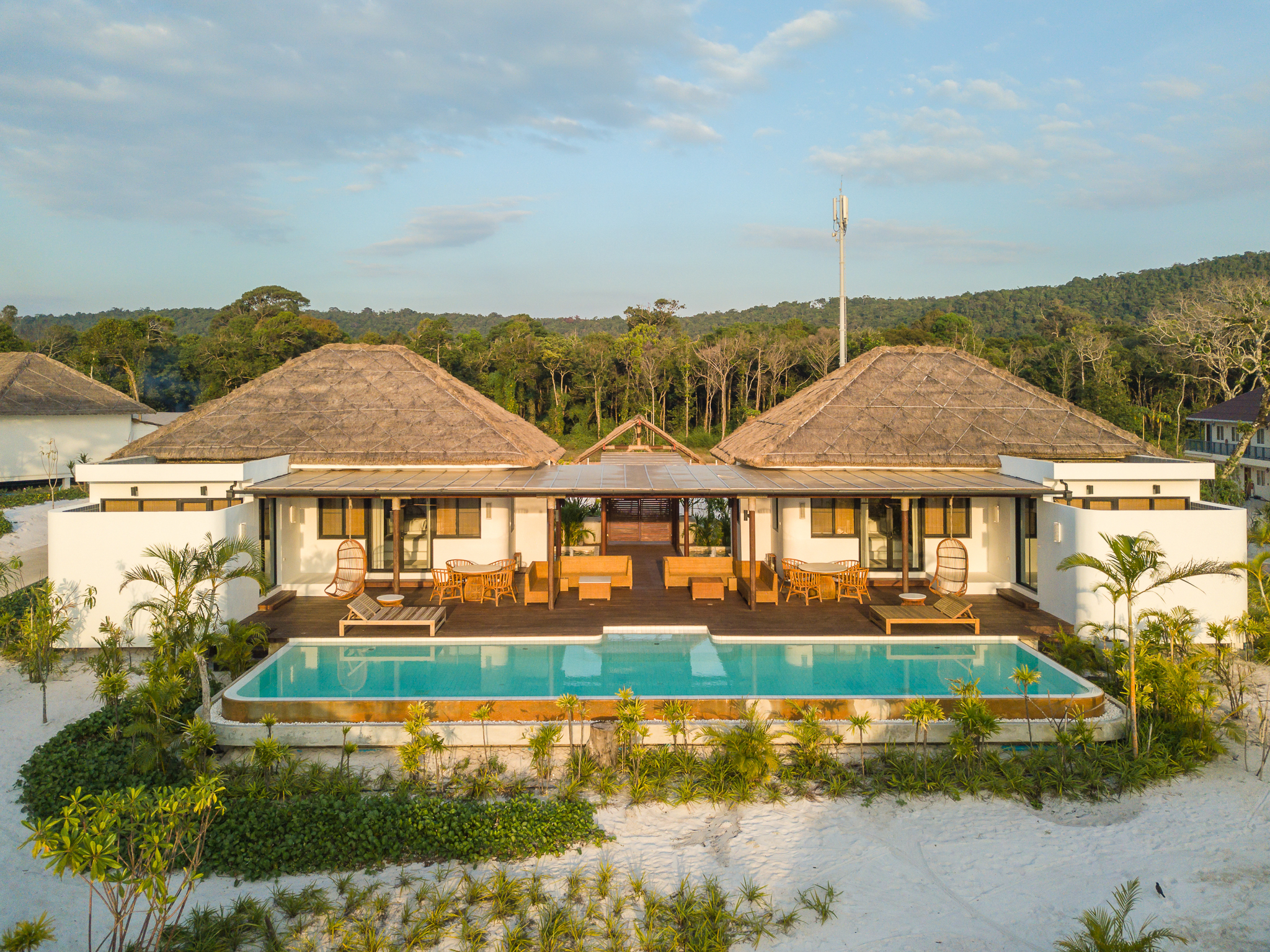
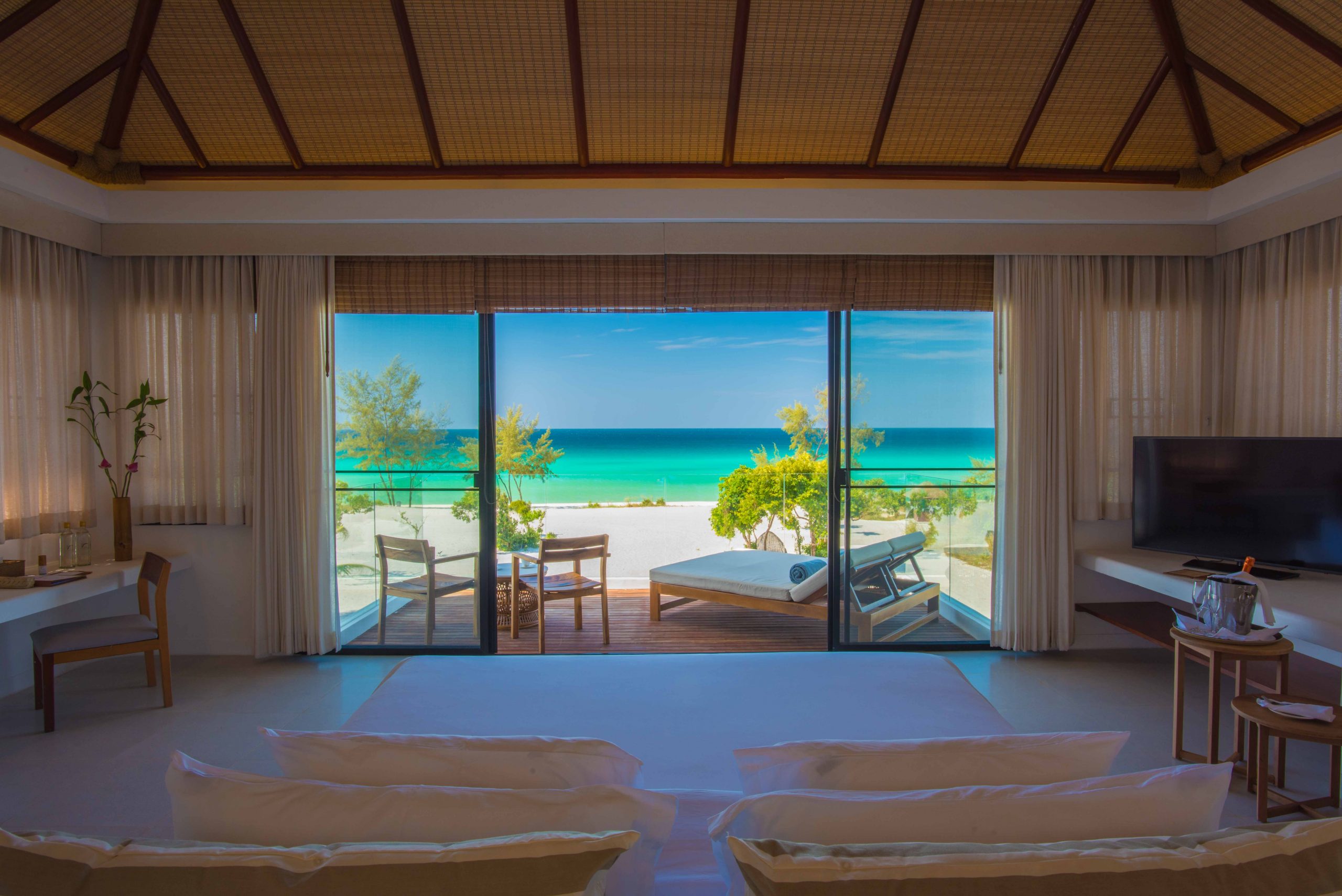
Underwater Cathedrals
Beneath the waves, Koh Rong is equally enticing. The Blue Lagoon dazzles with sea anemone gardens, while coral reefs around nearby islets teem with tropical fish. The Royal Sands’ PADI dive center caters to all levels, from novices exploring shallow reefs to experienced divers hunting deeper sites. Visibility is generally excellent, currents manageable, and the sense of untouched marine ecosystem is a rare treat in Southeast Asia.
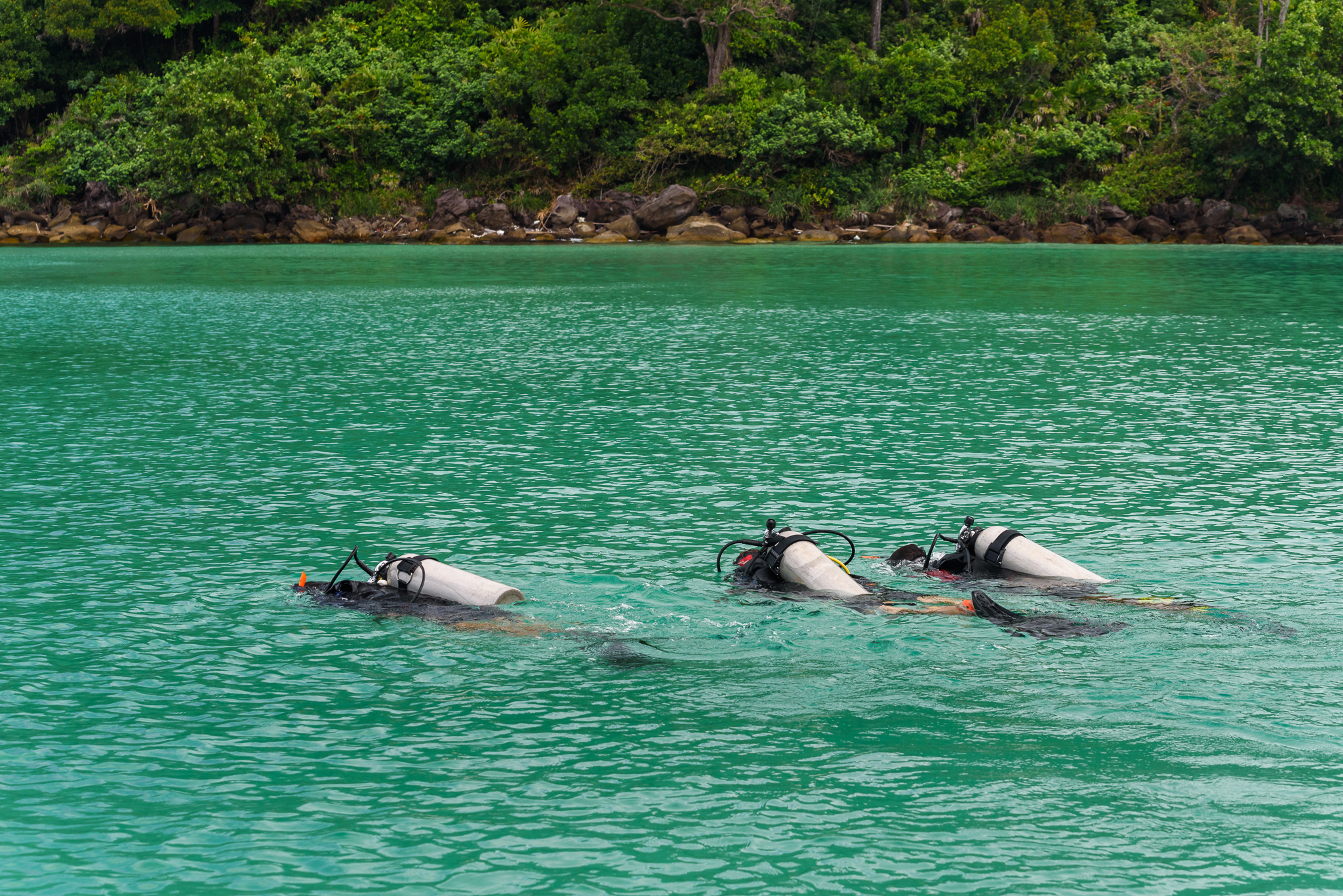
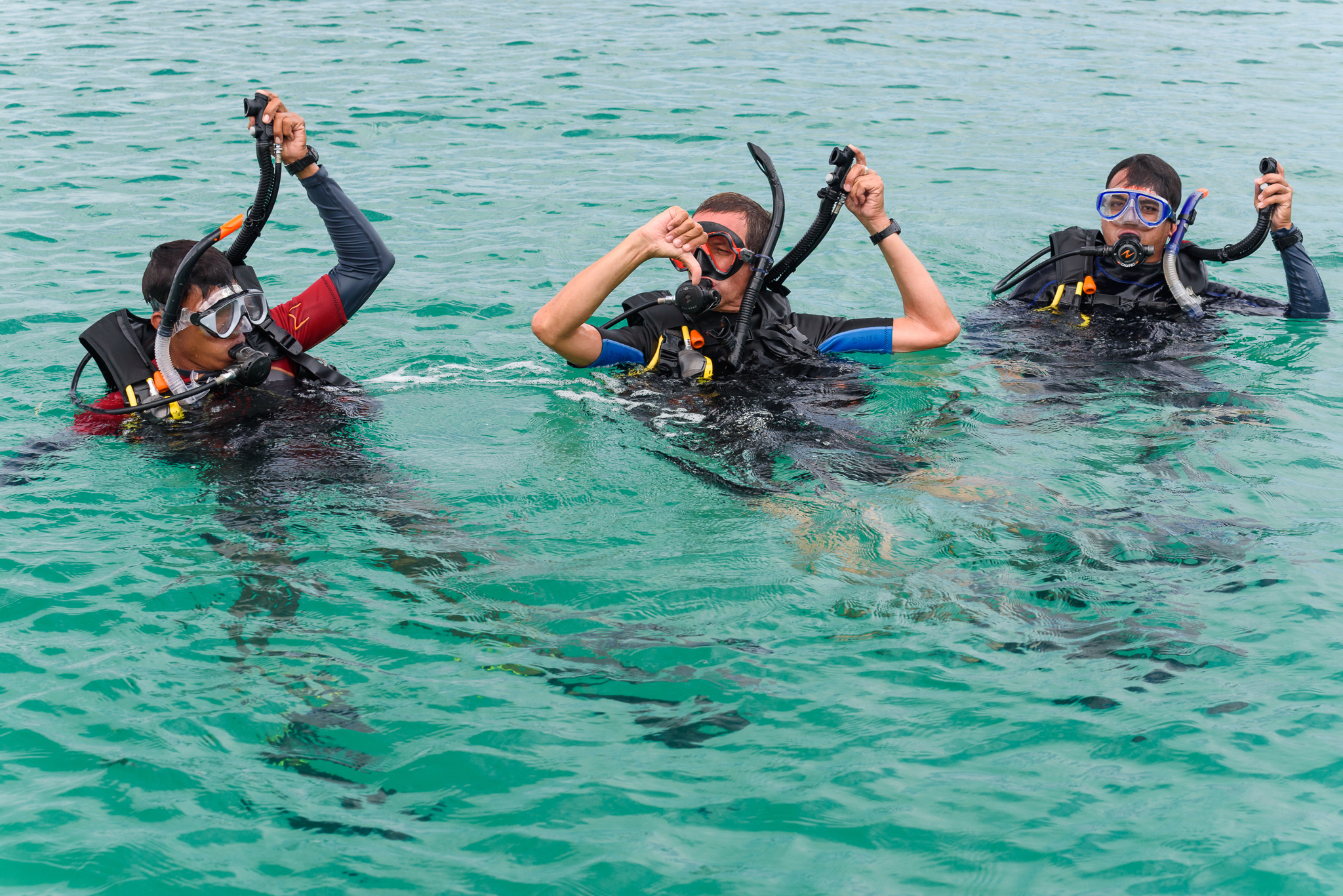
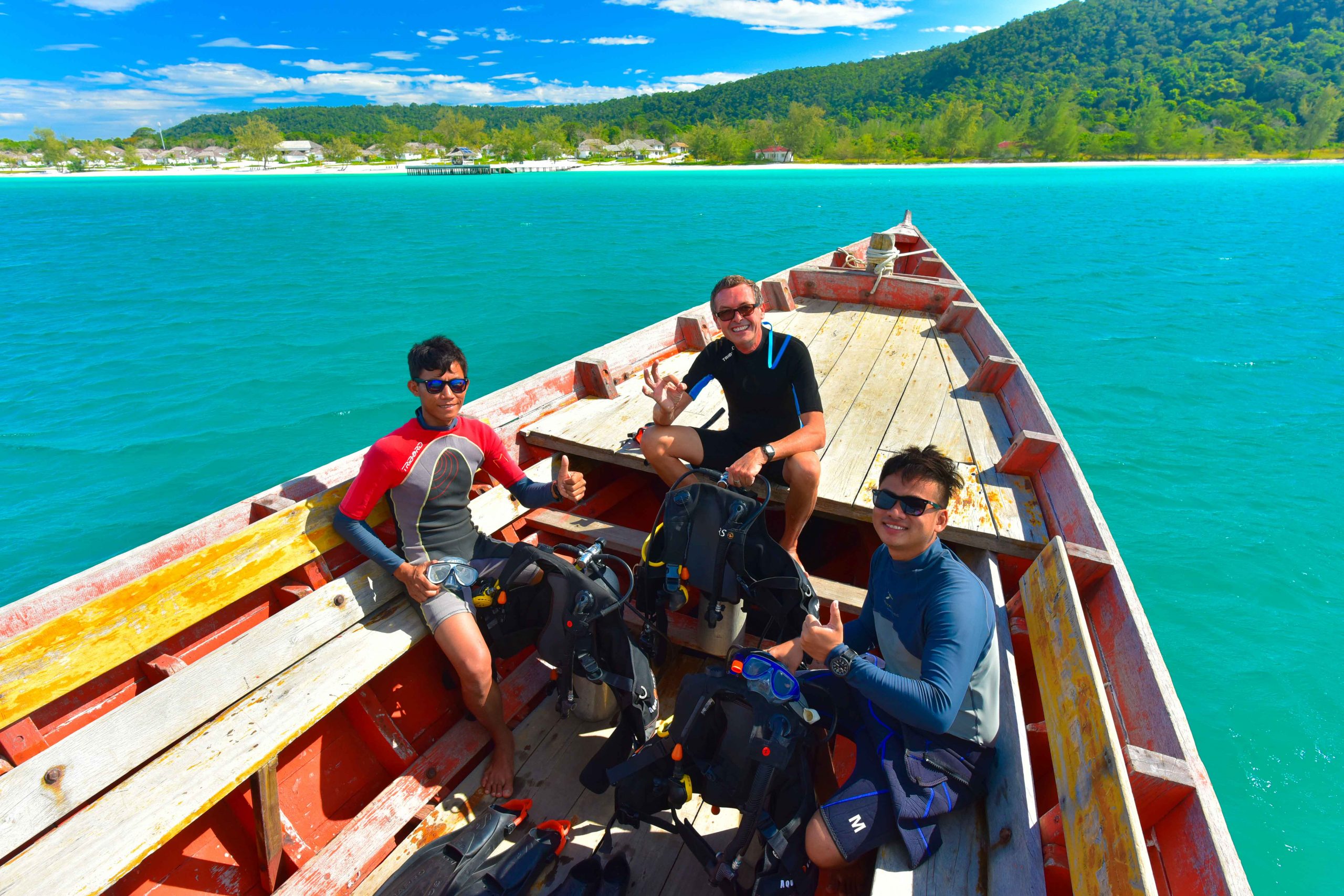
Cultural Archaeology
The island’s four village communities offer a glimpse into Cambodia’s coastal heritage. Prek Svay, a traditional floating village, floats with the tides rather than clocks, its houses and livelihoods rising and falling with the seasons. Guides share fishing techniques passed down for generations, and point out the mangrove highways of birds, all with a warmth and enthusiasm that only comes from living here.
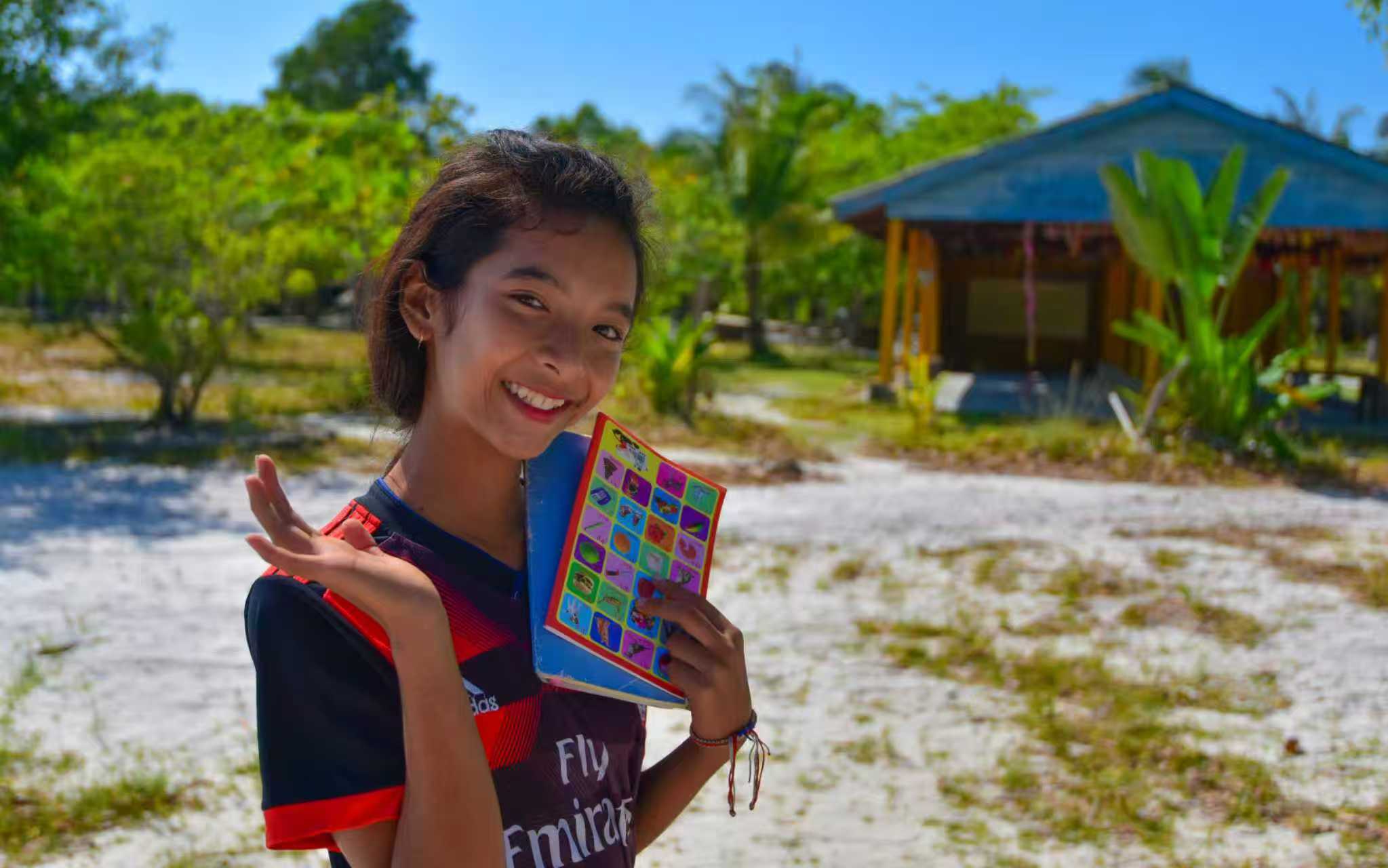
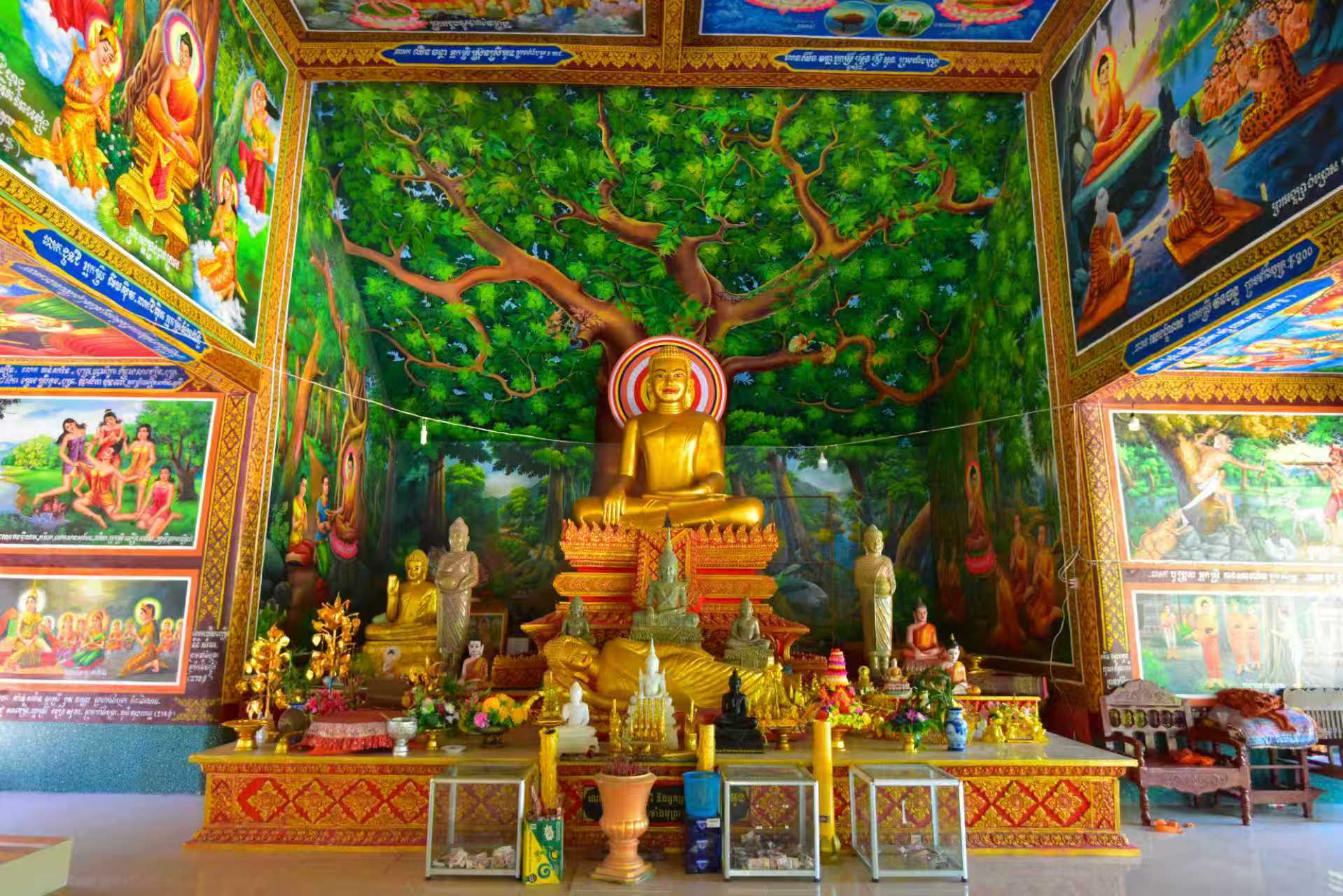
The Rhythm of Island Time
Koh Rong teaches you to surrender to its tempo. Days begin with the sun, progress according to tides, and end when light fades from the western horizon. Cycling to Sok San Village, site of the TV show “Survivor”, is less about speed and more about discovery: waterfalls, secret viewpoints, and jungle encounters make every detour worth it. Kayaking through Ta Sok River’s mangroves offers meditative immersion, with guides weaving conservation lessons seamlessly into the experience.
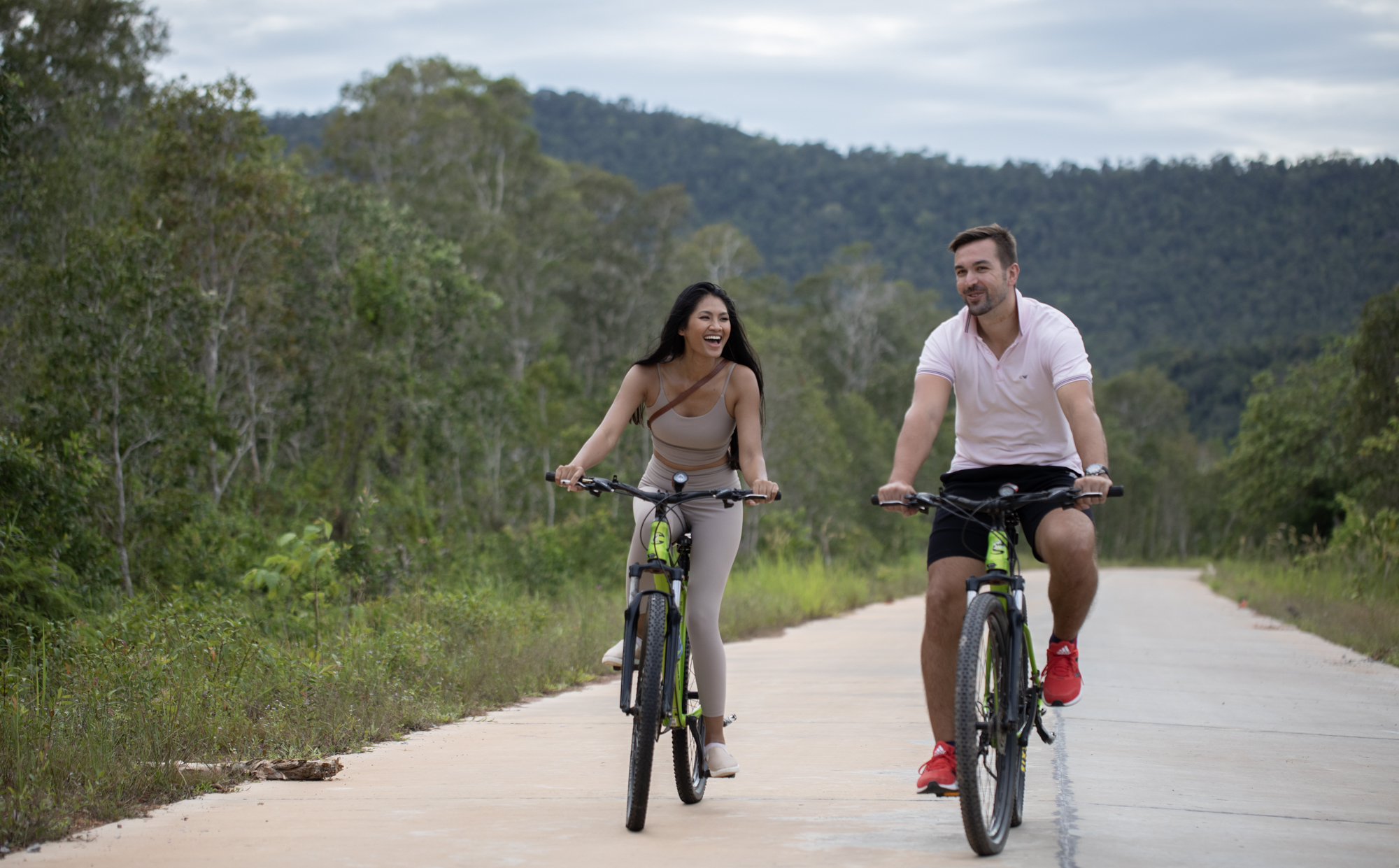
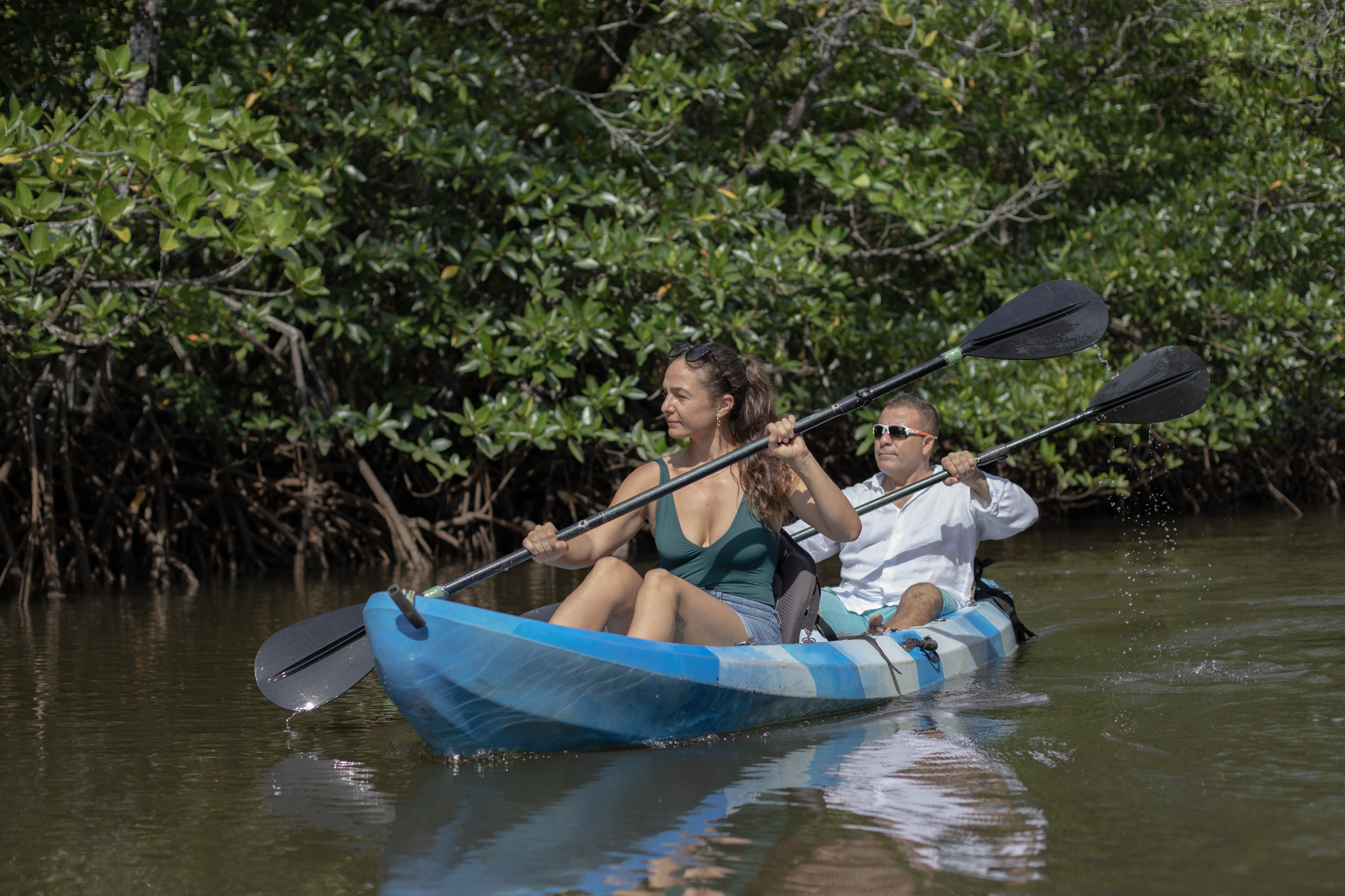
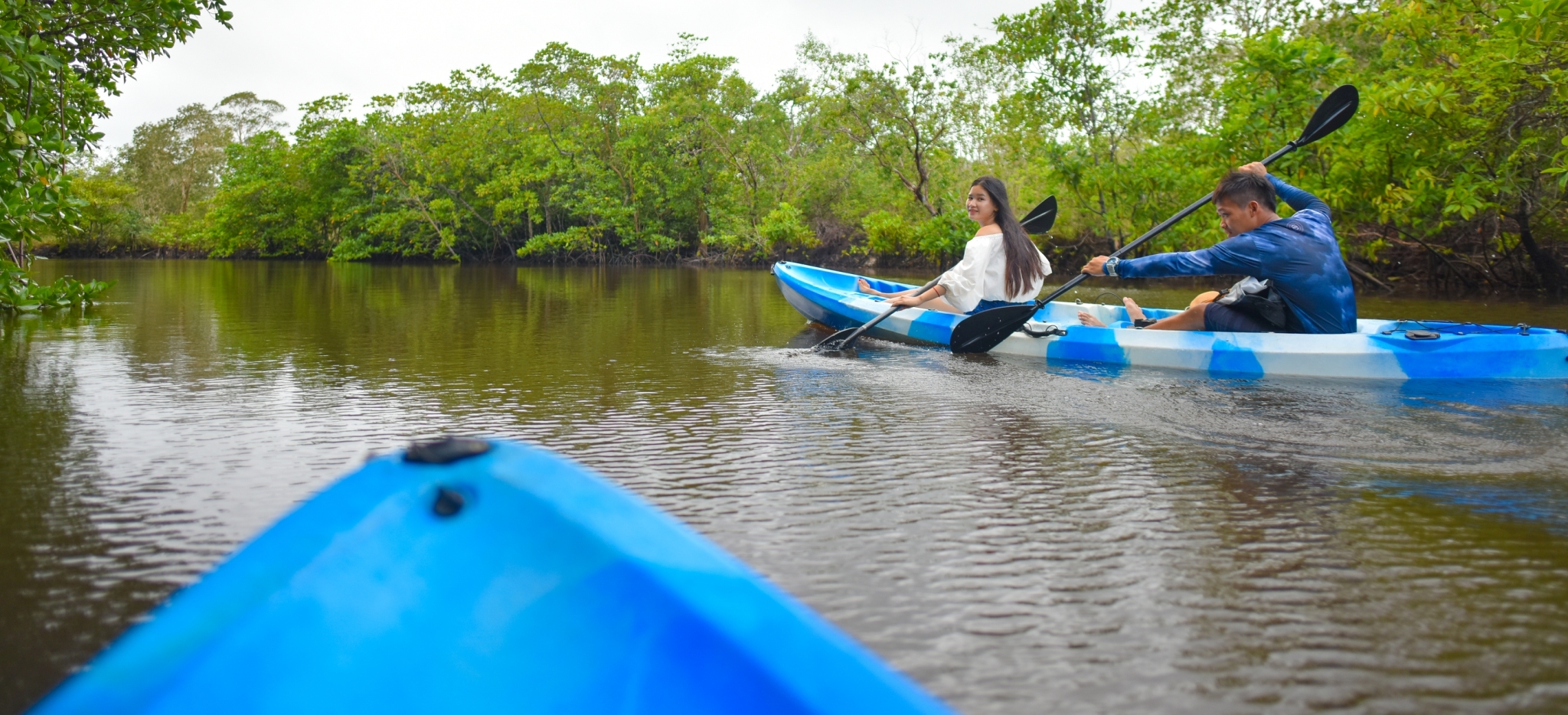
Sustainable Hedonism
Tourism here respects limits. Koh Rong’s marine reserve status enforces genuine environmental protection, and The Royal Sands demonstrates sustainable luxury: water treatment, renewable energy, and collaborations with conservation groups. Seafood is locally sourced and sustainable, spa treatments draw on Khmer traditions, and every indulgence comes with minimal ecological footprint.
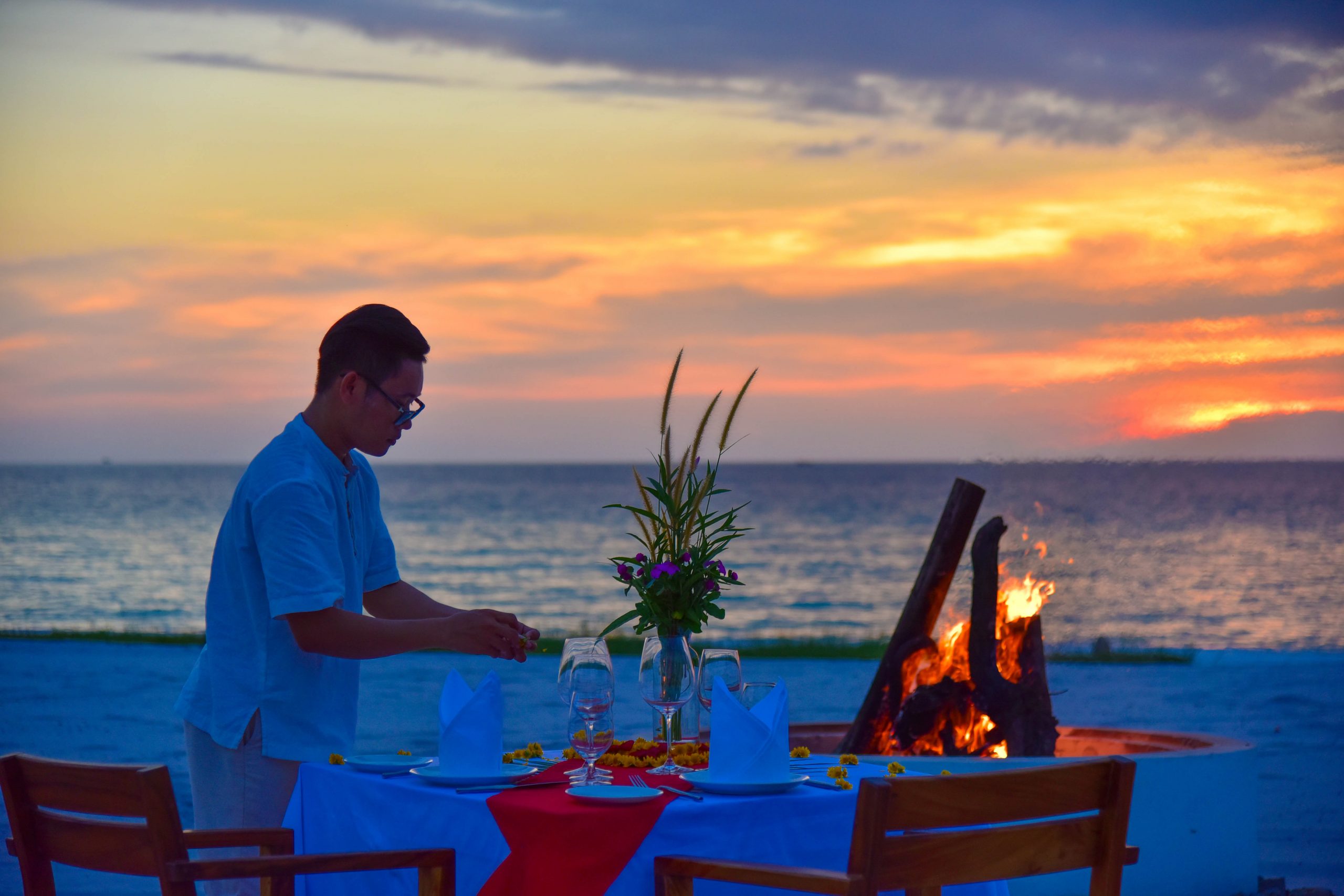
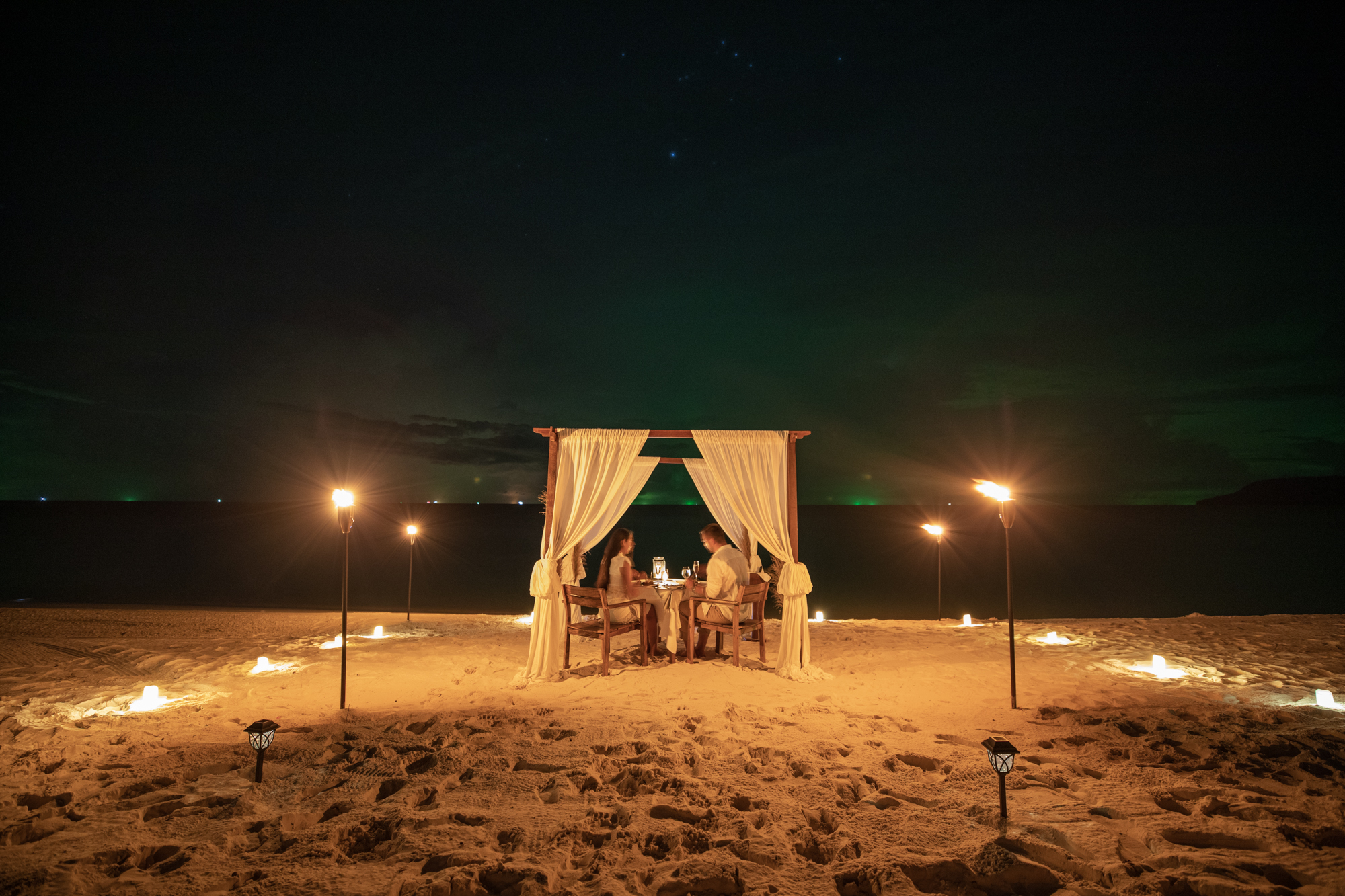
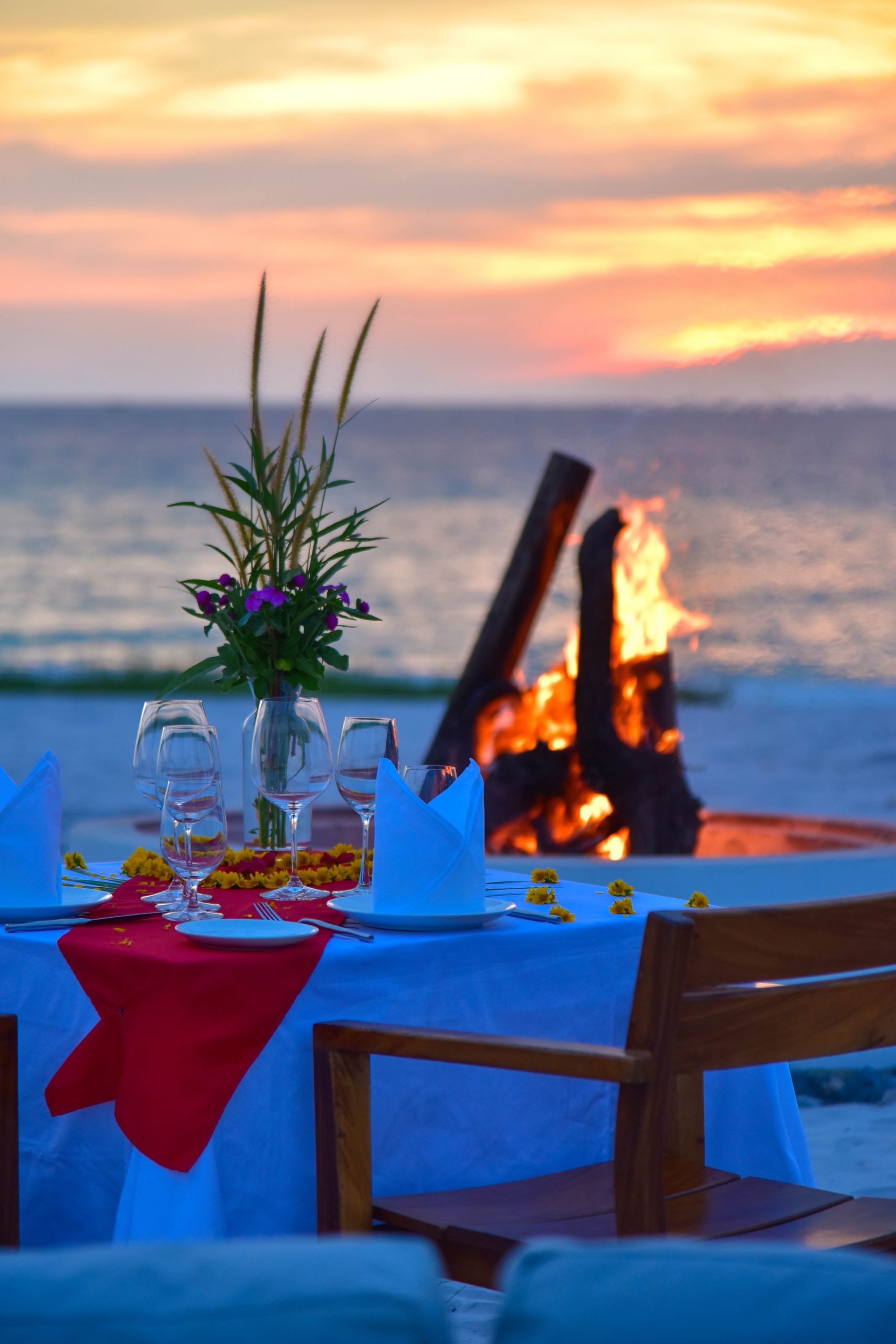
The Geography of Escape
Reaching Koh Rong requires commitment, which keeps casual crowds away. Ruili Airlines’ Kunming–Sihanoukville connection cuts travel friction: a 2.5-hour flight, a scenic 30-minute drive, and an hour-long boat ride. This transition from travel to arrival is part of the journey, with fellow passengers ranging from local families to seasoned explorers searching for authentic experiences.
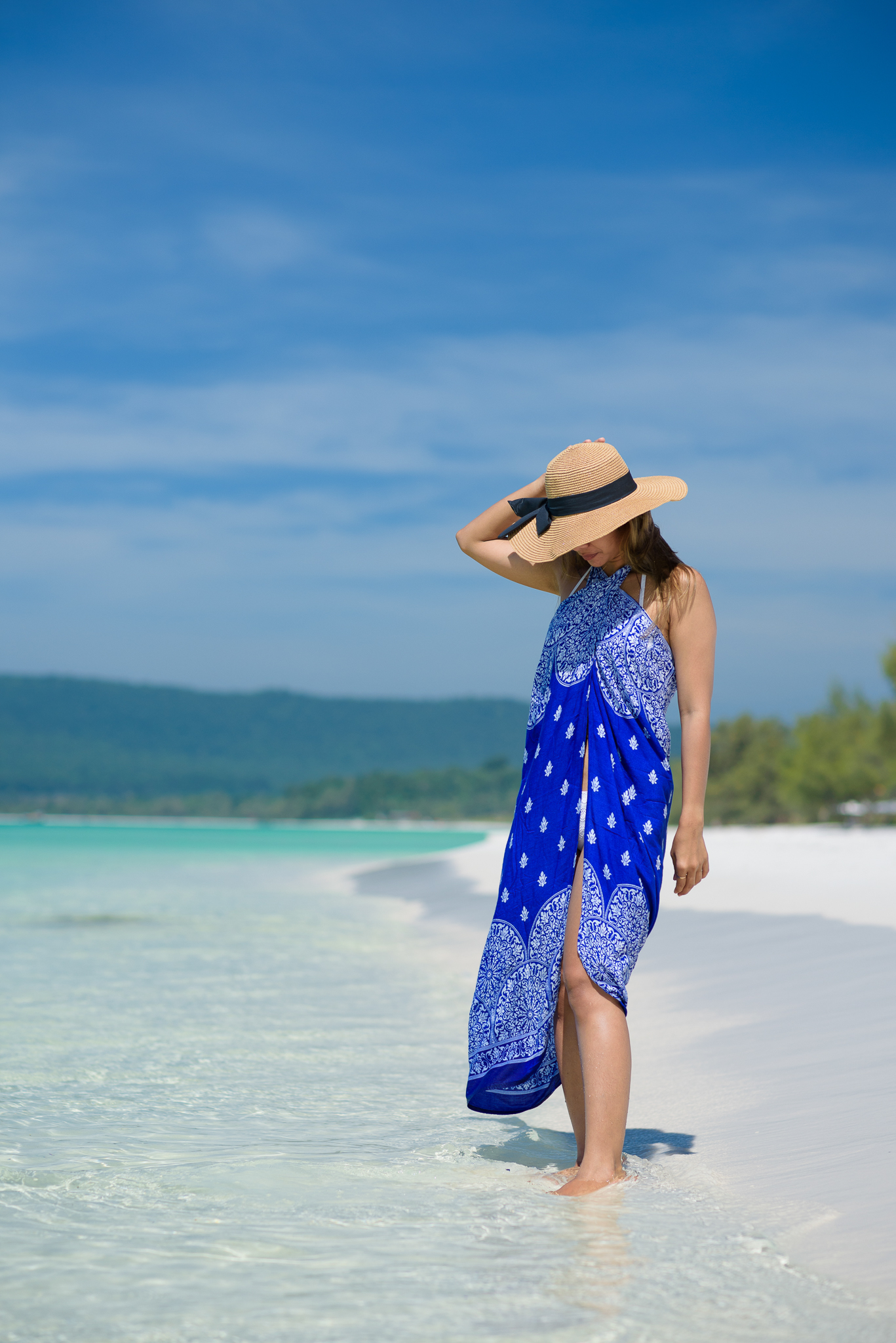
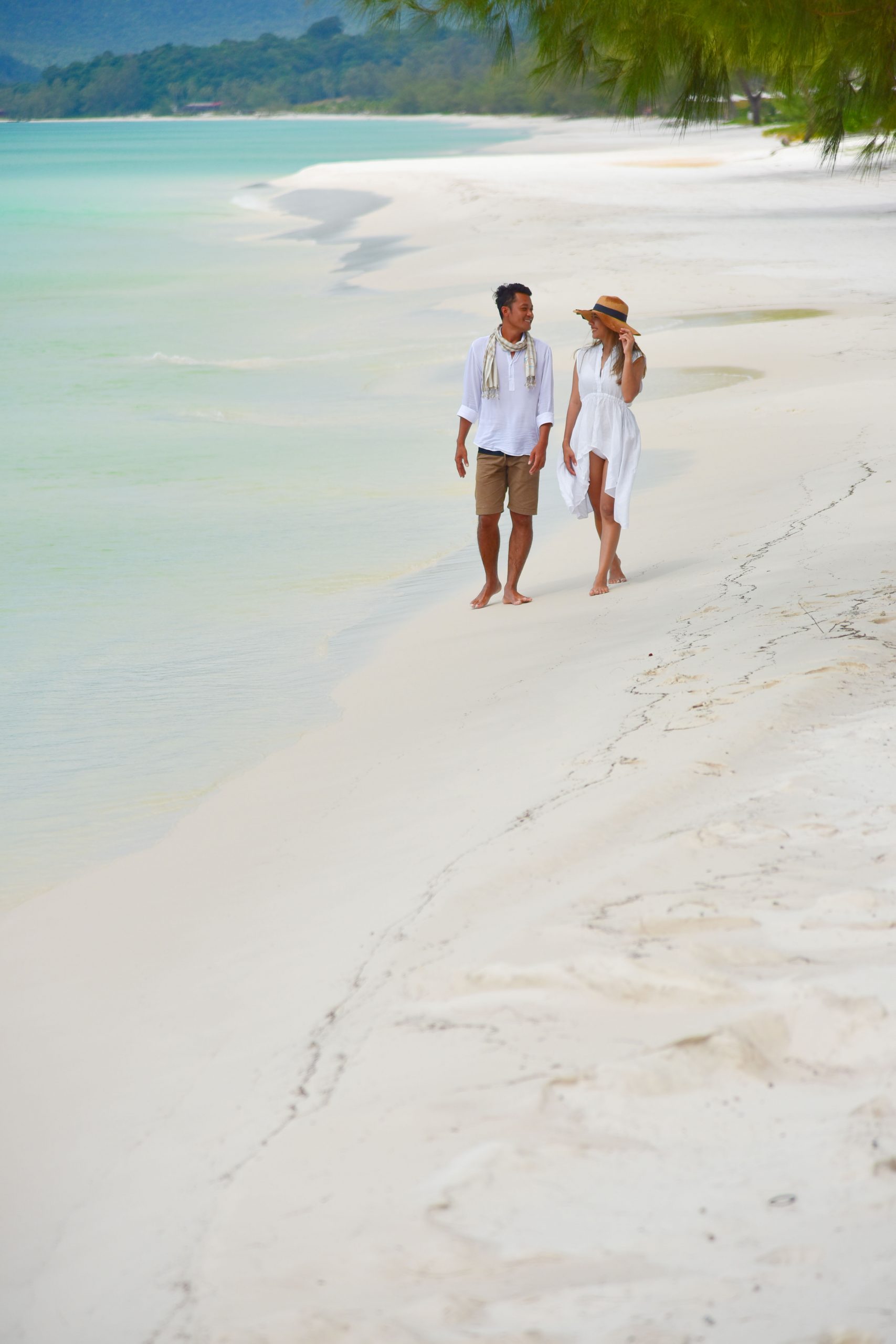
Authenticity Preserved
Koh Rong has long been on travellers’ radar, yet it remains a destination where genuine experiences outweigh mass tourism. For those seeking natural beauty, cultural engagement, and luxury that respects its surroundings, the island delivers on all counts – without compromising on peace, privacy, or charm.
For insider tips on exploring the island and details on our year-round packages, contact us.

